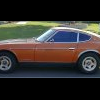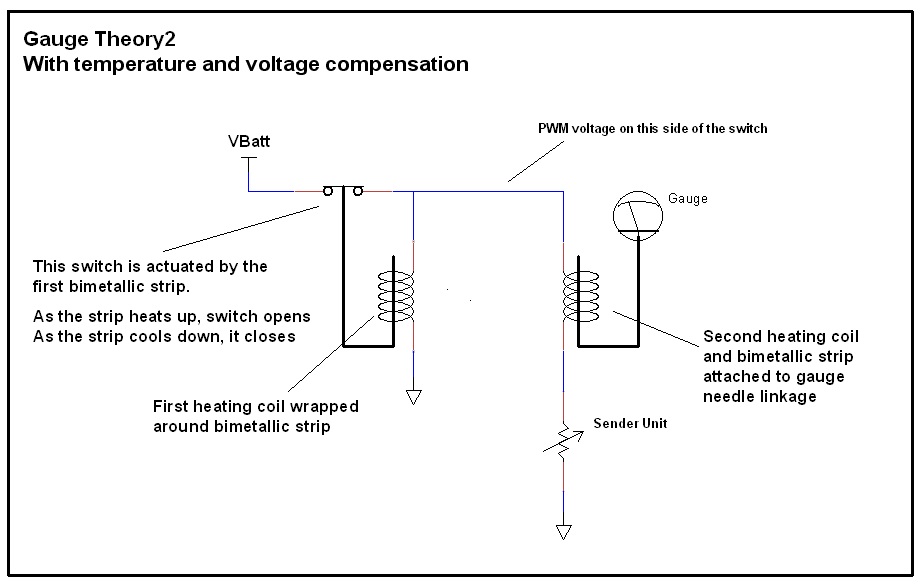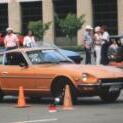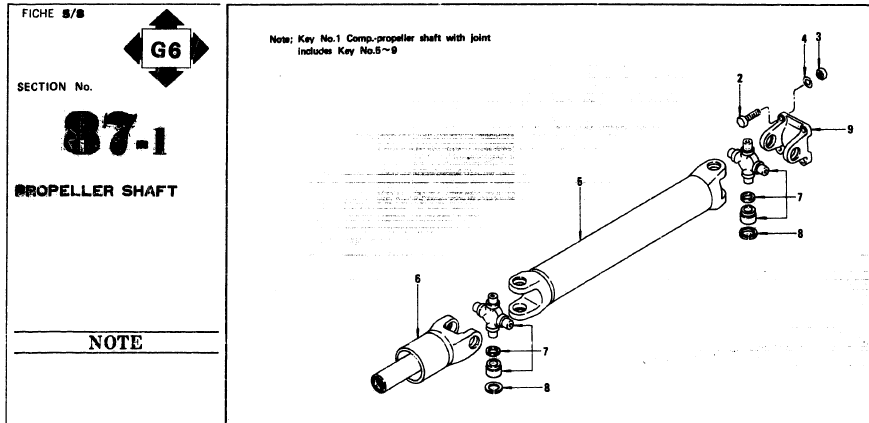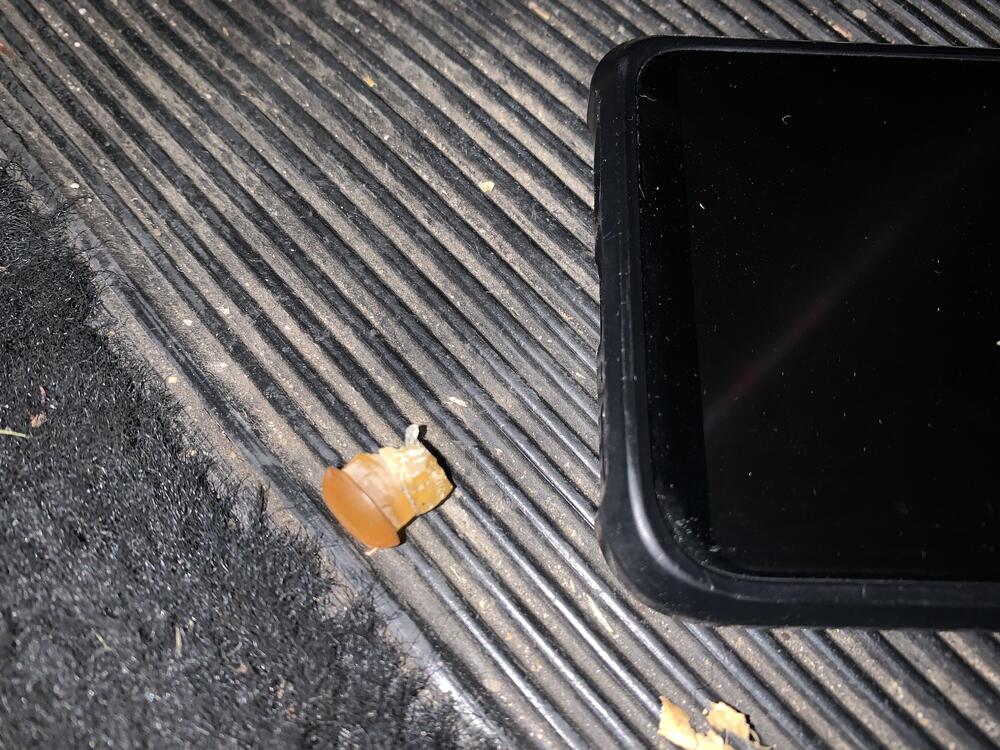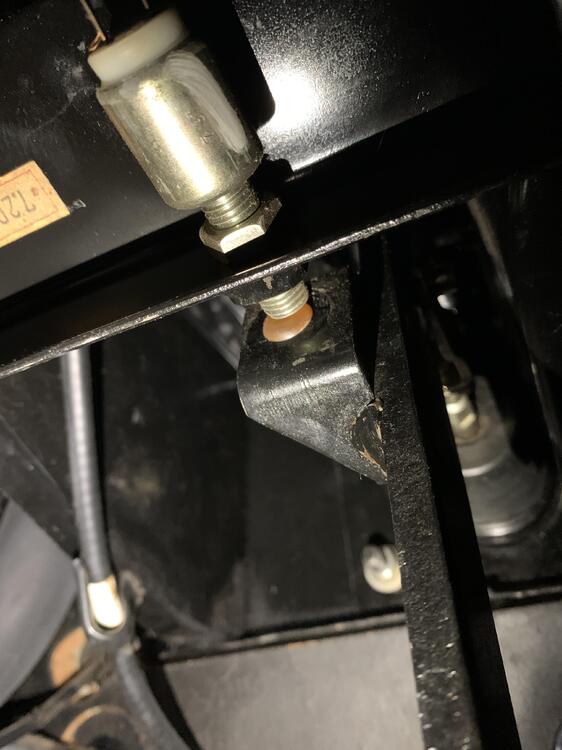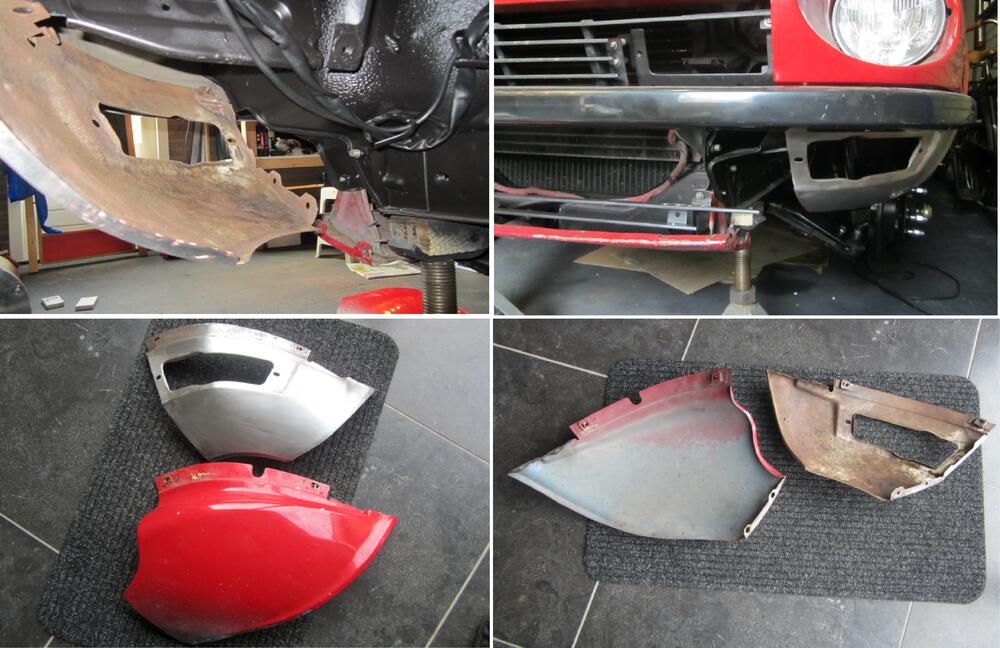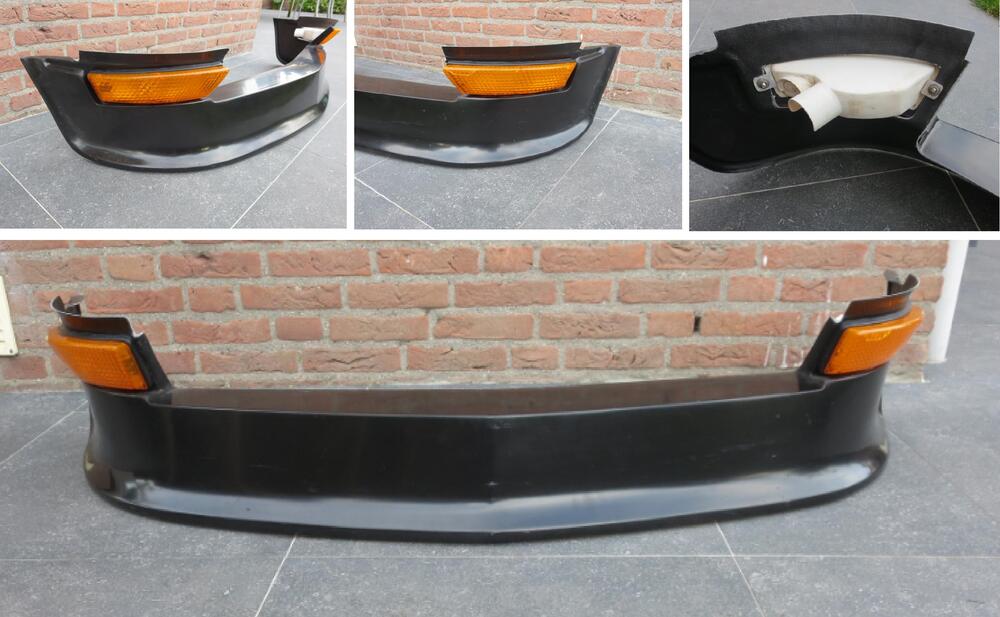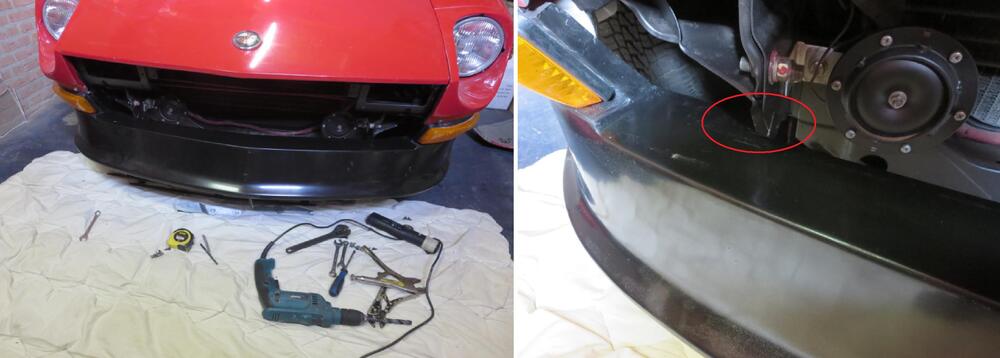Well that's what I get for relying on memory... I just took a quick look at a fuel gauge, and I got the heater resistances wrong. The heaters (both regulator and needle movement) resistances are about 50 Ohms each, not the 100 Ohms I mentioned above. The SENDER unit is 90-100 when empty, but the heaters in the gauge are about half that.
If the regulator is closed, it will pull about 240mA. And if the fuel sender is at zero (full scale), the needle heater will pull another 240mA.
So if you run the gauge without the regulator heater (no ground connected), the needle heater will see a constant 240mA at 100% duty cycle (not the 130 I mentioned above).












